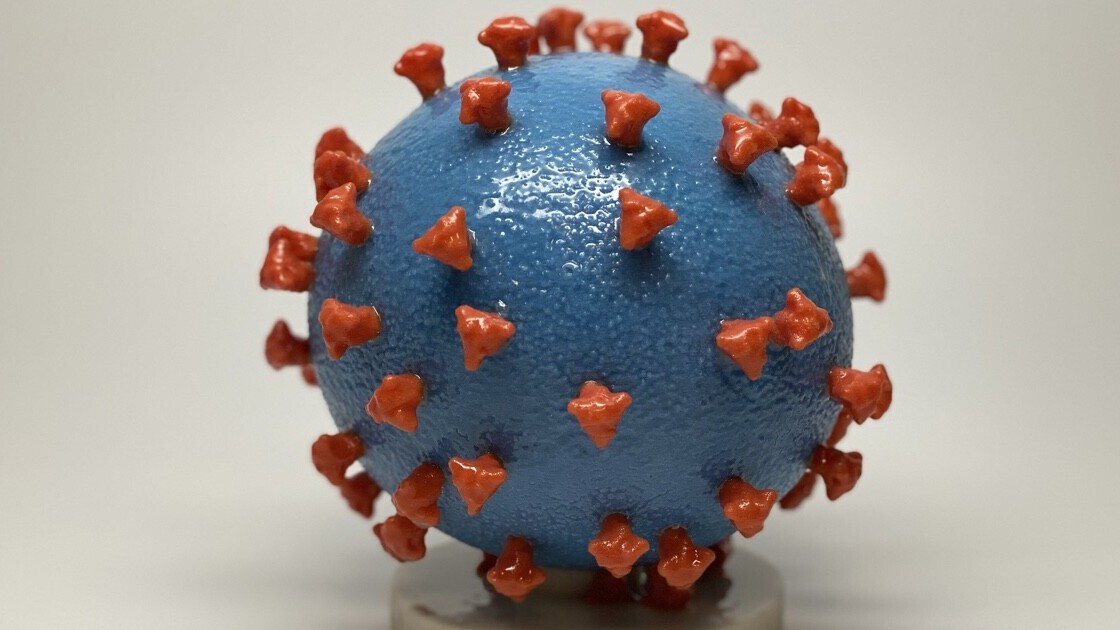MIT recently trained a machine learning model to accurately predict the spread of COVID-19. According to the AI, we should be seeing a plateau where the amount of new cases begins to level off in the US and Italy in the next week. This good news, however, comes with a dire warning: relaxing quarantine measures too soon will be catastrophic.
The engineers behind the AI explain the results as being very similar to the situation that happened in Singapore where quarantine and social distancing efforts managed to almost completely flatten the curve before an ill-advised return to business as usual caused a massive resurgence in COVID-19 cases.
The MIT team trained the AI to extrapolate publicly-available data for insights into the disease’s spread, taking into account how different governments handled social distancing and quarantine orders as well as other standard epidemiology parameters.
In order to ensure the model was capable of producing accurate results, the team trained it on data ranging from January through early March and then matched it’s predictions for April with actual statistics.
It turns out the machine was able to accurately predict the curve in all the countries it had data for. Per the team’s research paper:
Leveraging our neural network augmented model, we focus our analysis on four locales: Wuhan, Italy, South Korea and the United States of America, and compare the role played by the quarantine and isolation measures in each of these countries in controlling the effective reproduction number of the virus.
Our results unequivocally indicate that the countries in which rapid government interventions and strict public health measures for quarantine and isolation were implemented were successful in halting the spread of infection and prevent it from exploding exponentially.
The data further indicates that the US, currently the epicenter of the pandemic, should experience “a halting of infections” around April 20th. However, the report clearly demonstrates that we should not interpret this is as the right time to relax current quarantine and social distancing measures:
We further demonstrate that relaxing or reversing quarantine measures right now will lead to an exponential explosion in the infected case count, thus nullifying the role played by all measures implemented in the US since mid March 2020.
In other words: social distancing and quarantine measures are working! Perhaps even better than many experts would have thought. But, if we abandon them too soon they will have been for naught. We’ll have to start back over at square one.
H/t: Tech Crunch
Get the TNW newsletter
Get the most important tech news in your inbox each week.






